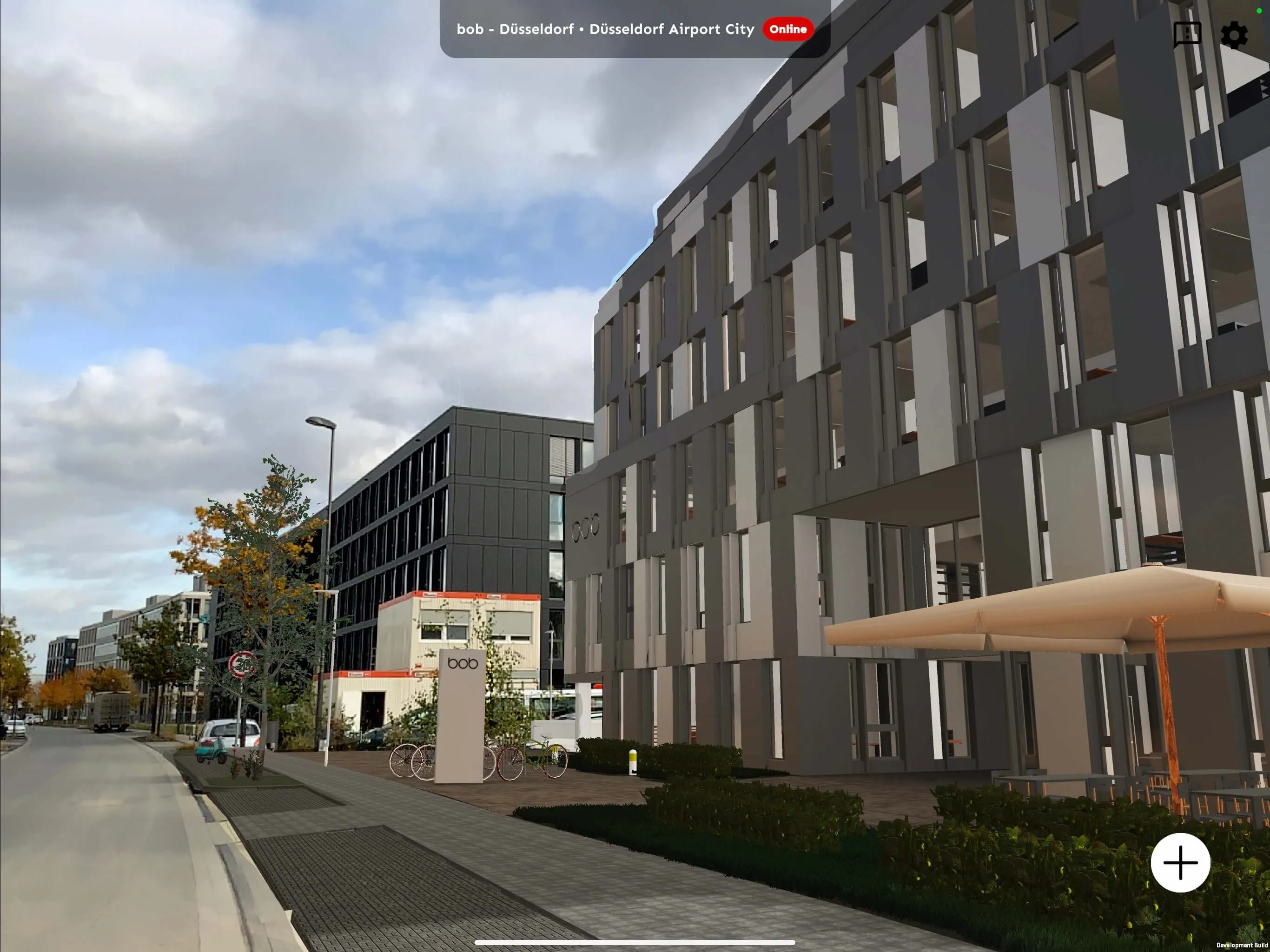
In the ever-evolving landscape of architectural design, effective communication between architects and clients is paramount. As projects become more complex, conveying the intricacies of CAD plans can be challenging. However, with the advent of Augmented Reality (AR), architects now have a powerful tool at their disposal to bridge this gap and provide clients with a clearer understanding of their designs.
The answer lies in leveraging the capabilities of AR technology to create immersive, interactive experiences that bring 3D CAD plans to life. By uploading these plans to the cloud using platforms like Pelicads, architects can seamlessly integrate them into AR applications, allowing clients to visualize and explore their future spaces in real time.

But it doesn't stop there.
The use of Building Information Modeling (BIM) data further enhances the AR experience. BIM data provides a rich source of information about the project, including materials, dimensions, and spatial relationships. By incorporating BIM data into the AR environment, architects can provide clients with a more comprehensive understanding of how the final design will look and function.
Instead of trying to decipher technical drawings or envisioning spaces from 2D plans, clients can simply put on a pair of AR glasses or use a smartphone or tablet to see the design come to life before their eyes. This immersive experience not only enhances comprehension but also fosters greater engagement and collaboration between architects and clients.
Furthermore, the more architects plan in BIM, the faster an AR experience can be created. BIM models serve as a solid foundation for generating AR content, enabling architects to quickly generate interactive visualizations that accurately represent their designs.
In conclusion, Augmented Reality offers architects a powerful tool for communicating complex CAD plans to clients. By leveraging 3D CAD plans, BIM data, and AR technology, architects can create immersive, interactive experiences that enhance client understanding, collaboration, and ultimately, project success.
RELATED POSTS
